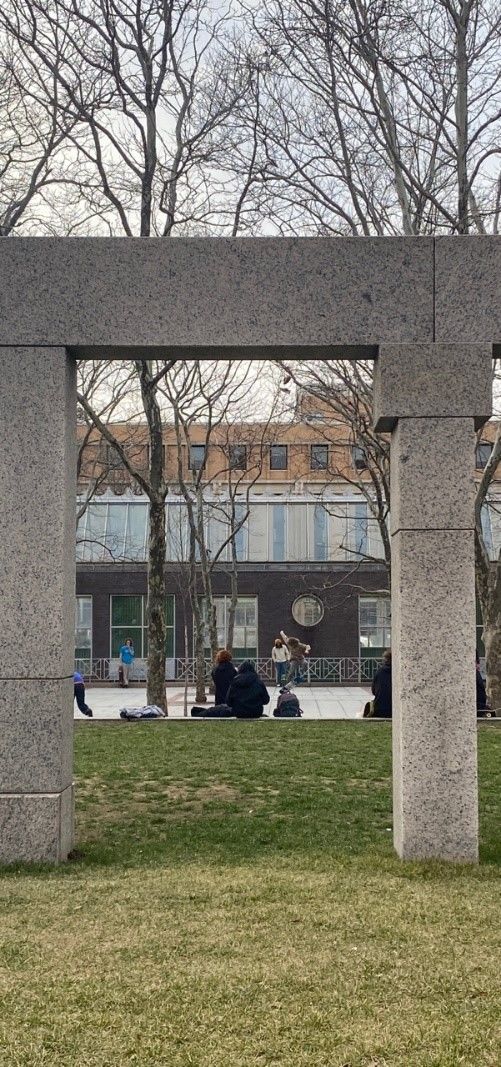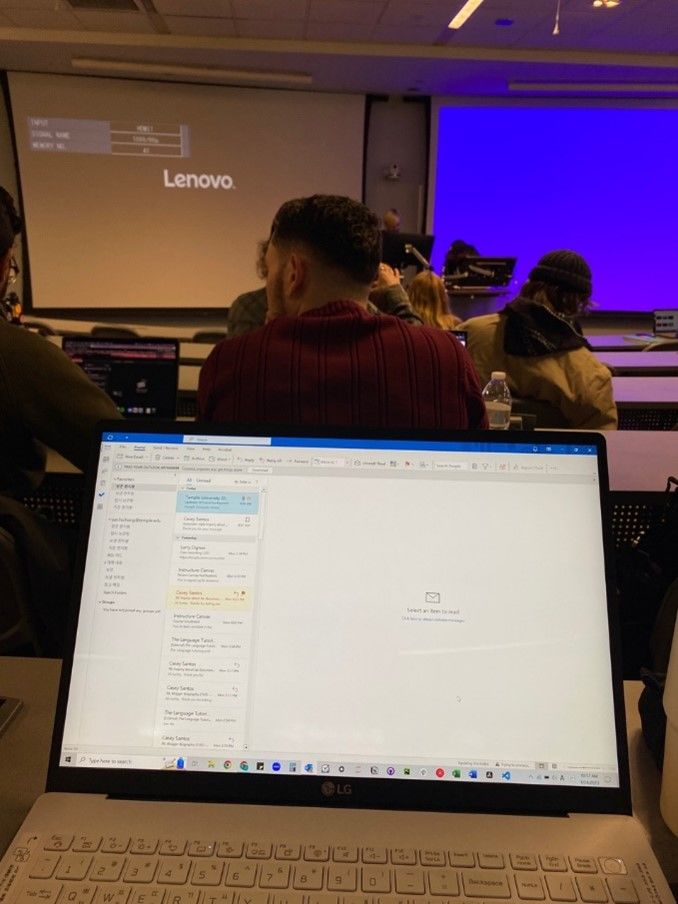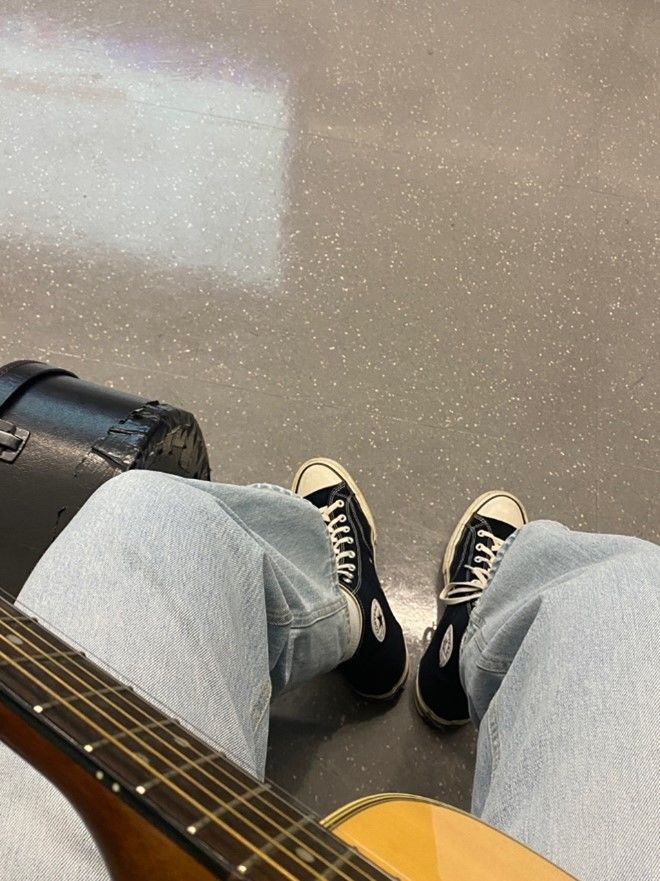

By Junho Hong
Hi, everyone. I’m back again. It’s almost the end of February. Time passes so fast, right? Today’s topic is what I have discovered about Temple’s education system. There are many educational differences between Korea and the United States. I hope today’s blog post is useful and interesting to you. Let’s begin.
First, I was surprised at students’ participation in class. In Korea, I usually listen to professors and rarely raise my hand during class. However, students at Temple University voluntarily speak out their own thoughts and have active communication with professors in every class. This was a little awkward for me in the beginning. I have heard that the mood in the US is different from Asian universities. I was surprised at first, but I personally think that this type of communication improves understanding. If someone has a question about the context or anything else, he or she just raises their hand and asks about it. In this way, those questions can be helpful for other students if they also did not understand. For example, especially in my writing class, students strongly contend their own ideas or opinions about rhetorical analysis, such as whether the author’s writing is persuasive or not. There is no single right or wrong answer. From my second day of this class, I started to actively share my own thoughts and feelings. Not only does my participation help me improve my English, but it also makes me feel more accomplished in every class. When you first come to the US, you might find it difficult to adapt to this unfamiliar class atmosphere. Yet, if you have the desire to learn from it properly, it will be your finest study strategy.
Second, there are many educational programs outside of the classroom at Temple University. For example, the Student Success Center provides speaking and writing tutors in Charles Library, and I meet with them every week. During the tutoring, I ask my conversation partner about grammar errors or ask them to correct my pronunciation. I sometimes share Korean culture with my partner, and we have causal chats without noticing our meeting is already done.

Additionally, I joined the Peer2Peer program for international students. There are one or two mentors in a group and we have weekly meetings. Most groups have nine to ten members, and you can make friends from all different academic and cultural backgrounds. We played card games in the last meeting at the game room, and we are planning a picnic when the spring comes. Moreover, if you are interested in starting your own business, you can utilize resources provided by Temple University. For example, there is a competition called Be Your Own Boss Bowl (BYOBB), where you can give a presentation about your business. Furthermore, you can get feedback or tutoring from professors using the StartupTree platform. You can search for mentors related to your interests and easily arrange a meeting with them.

Lastly, Temple University offers a variety of interesting classes, including kinesiology courses. I have never taken kinesiology classes in Korea, but at Temple, you can register for camping, climbing, fitness, music and more. I am taking a guitar class for non-music majors, and I find that it relieves my stress and is really enjoyable. By enrolling in these classes, you can not only improve your knowledge academically, but you can also achieve personal development.
As you can see, there are a lot of resources available that you can utilize for free to improve your academic abilities. Also, because each professor has a different teaching style, the US educational system will be interesting for those who have not yet experienced it. In my case, I adapted to it in February, so I am working hard to be more passionate in class and other activities. So, I am really satisfied with my progress so far! Thank you for reading!

